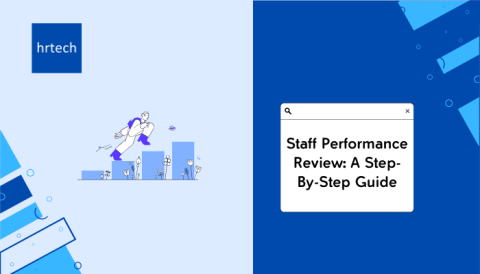TL;DR
- Clear communication between leaders and employees ensures mutual understanding of expectations, responsibilities, and measurable outcomes for every planned goal.
- A structured process for setting objectives reduces uncertainty, supports professional growth, and keeps organisational priorities consistently on track.
- Regular performance discussions encourage timely adjustments, prevent avoidable setbacks, and maintain momentum toward agreed results without unnecessary stress.
- Cultural context and technology adoption significantly influence how performance planning is accepted, applied, and sustained within Indian organisations.
- Partnering with a trusted HR service provider can strengthen planning efforts through targeted staffing, technology solutions, advisory support, and learning programmes.
Introduction
You know the pressure of ensuring every team member contributes effectively while meeting organisational priorities. It is not an easy balance to maintain. Every misalignment between individual goals and broader objectives can slow momentum and cause avoidable setbacks.
As a leader, you want clarity, focus, and measurable results from your workforce. You also want people to feel engaged and committed to delivering their best work every single day. The challenge is creating a process that supports both business performance and employee growth without unnecessary complexity.
In this blog, you will learn what performance planning really means, why it matters to your role, and how to implement it effectively.
What does Performance Planning mean?
Performance planning is a structured, collaborative process between you and your employees to define goals, expectations, and success measures for a set period. It ensures everyone understands their responsibilities and the outcomes required while enabling managers to provide ongoing direction.
Here are the core aspects you should focus on when understanding performance planning.
- Joint Goal Setting: You and your employees agree on objectives that directly contribute to organisational success and personal development.
- Clear Success Measures: You define how progress will be tracked and what results will be considered satisfactory or exceptional.
- Defined Timeframes: You set deadlines that create urgency and keep focus without causing unnecessary stress.
- Mutual Accountability: Both you and your employees commit to delivering on what has been agreed.
By ensuring these fundamentals are in place, you create a framework where employees can perform with purpose while you monitor progress confidently.
Now, let us look at the leadership aims it supports most effectively.
Core Objectives for You and Your Leadership Team

Performance planning has specific aims that matter to you as a senior leader. These aims go beyond simply ticking boxes during annual reviews and instead create a living process that guides performance every day.
Here are the main objectives you should prioritise.
- Clarity of Role Expectations: Every team member knows exactly what is expected from them in both outcomes and behaviour.
- Alignment with Organisational Priorities: Goals are directly connected to the company’s strategic direction so that individual efforts contribute meaningfully.
- Development of Competencies: You identify current skill levels and design opportunities for growth that benefit both the employee and the business.
- Enhanced Engagement: Employees feel valued because their input is part of the planning process, increasing commitment and morale.
Understanding the objectives is only useful if you have a clear method for putting them into action.
Key Steps in the Performance Planning Process
To get performance planning right, you need a clear set of actions. Each step should contribute to a process that is both measurable and adaptable.
Here are the essential steps you should follow.
- Set SMART Goals: Agree on goals that are specific, measurable, achievable, relevant, and time-bound. This removes guesswork and creates shared clarity.
- Agree on Responsibilities and Expected Outcomes: Define exactly what each person is accountable for and the performance standards that apply.
- Map Competencies and Development Needs: Identify any skill gaps and decide on the best methods to address them, such as targeted training or mentoring.
- Provide Tools, Support and Resources: Ensure employees have access to the systems, information, and guidance they need to succeed.
- Plan Ongoing Monitoring and Feedback: Schedule regular conversations to review progress, address challenges, and make necessary adjustments before issues escalate.
- Include Frameworks for Structure: Use approaches like the Balanced Scorecard or PDCA cycle to maintain consistency and encourage continuous improvement.
Once the process is clear, it is worth considering factors unique to Indian organisations.
Contextual Considerations for Indian Organisations

The success of performance planning often depends on the cultural and operational context in which it is applied. In India, workplace expectations, communication styles, and management structures can influence how planning is received and acted upon.
Here are the factors you should keep in mind when applying performance planning in your organisation.
- Collaborative Planning Culture: While hierarchical decision-making exists, involving employees in goal setting increases ownership and accountability.
- Regulatory Awareness: Compliance requirements may influence performance targets, especially in industries with strict operational or financial regulations.
- Role of Technology: HRMS platforms can support goal tracking, documentation, and feedback without adding unnecessary administrative burdens.
- Training Needs in Context: Development plans should address not only technical skills but also communication and leadership competencies relevant to Indian business culture.
Applying this approach can be easier and more impactful when supported by a partner with proven expertise.
TeamLease: Driving Workforce and HR Transformation
As you aim to strengthen performance planning, working with the right partner can accelerate results. TeamLease offers a wide range of services designed to improve workforce capability, process clarity, and organisational outcomes.
Here is what TeamLease can offer to support your performance planning and overall people strategy.
- Professional Staffing: Recruitment across industries, AI-supported sourcing, payroll management, and compliance in multiple countries.
- HR Technology Marketplace: Over 450 HR tech solutions with recommendations based on company size, sector, and needs.
- HR Advisory: Support to review and improve HR service delivery with strategic use of technology.
- Enterprise Learning: Training from more than 10,000 trainers covering functional and behavioural skills, including certifications and custom programmes.
By engaging with TeamLease, you gain access to people, processes, and tools that directly support effective performance planning and workforce growth.
Book a demo with TeamLease and see how our expertise can strengthen your performance planning process from start to finish.
FAQs
Q: How is performance planning different from regular performance reviews?
A: Performance planning is conducted before work begins, focusing on goal clarity, while reviews assess achievements and challenges after the work period concludes. Planning sets a shared direction for managers and employees, whereas reviews reflect on progress, learning, and areas needing improvement for future success.
Q: What should be discussed during a performance planning meeting?
A: You should discuss objectives, responsibilities, measurable outcomes, and expected timelines to create shared clarity for both managers and employees. This is also the right stage to agree on necessary resources, training needs, and potential adjustments for skill or role development.
Q: How often should performance plans be updated?
A: Plans should be reviewed periodically to ensure they reflect organisational priorities and changing circumstances that affect employee responsibilities. Many leaders find quarterly or half-yearly check-ins helpful for keeping goals relevant and maintaining consistent progress towards agreed-upon targets.
Q: Can technology improve the quality of performance planning?
A: Technology can help by offering tools for tracking objectives, capturing feedback, and storing performance data for review at the right time. When used effectively, these tools make it easier to maintain transparency and accountability between planning sessions and performance evaluations.
Q: What role does employee participation play in performance planning?
A: Employee participation ensures goals are realistic and meaningful while increasing commitment to delivering agreed results within the planned timeframe. It also allows individuals to share insights on practical challenges and personal development priorities that may influence their performance outcomes.







